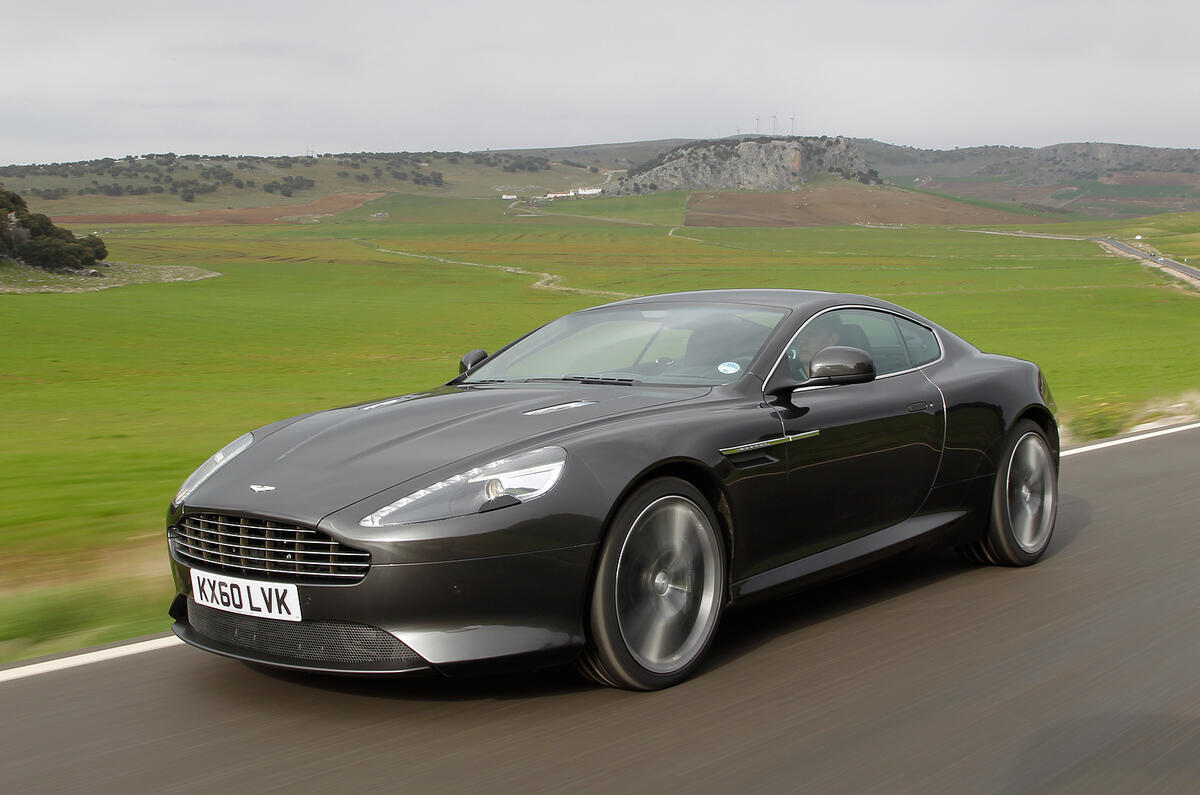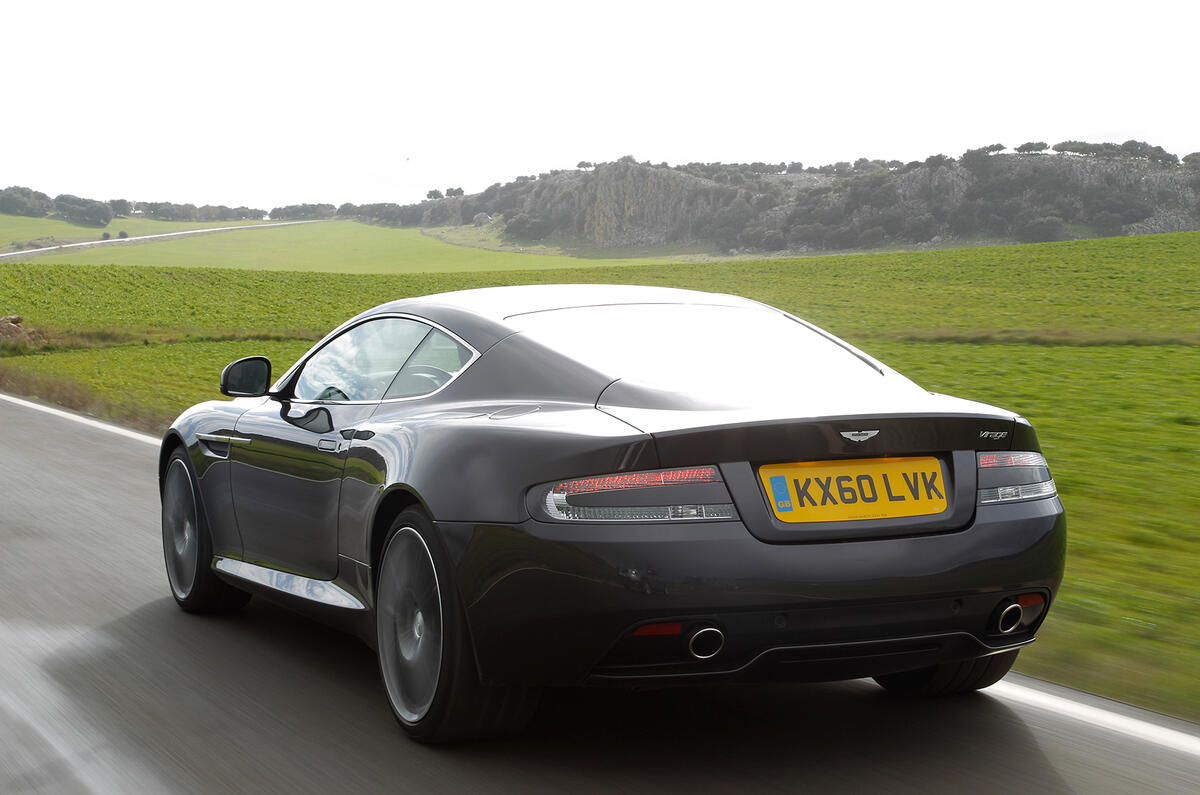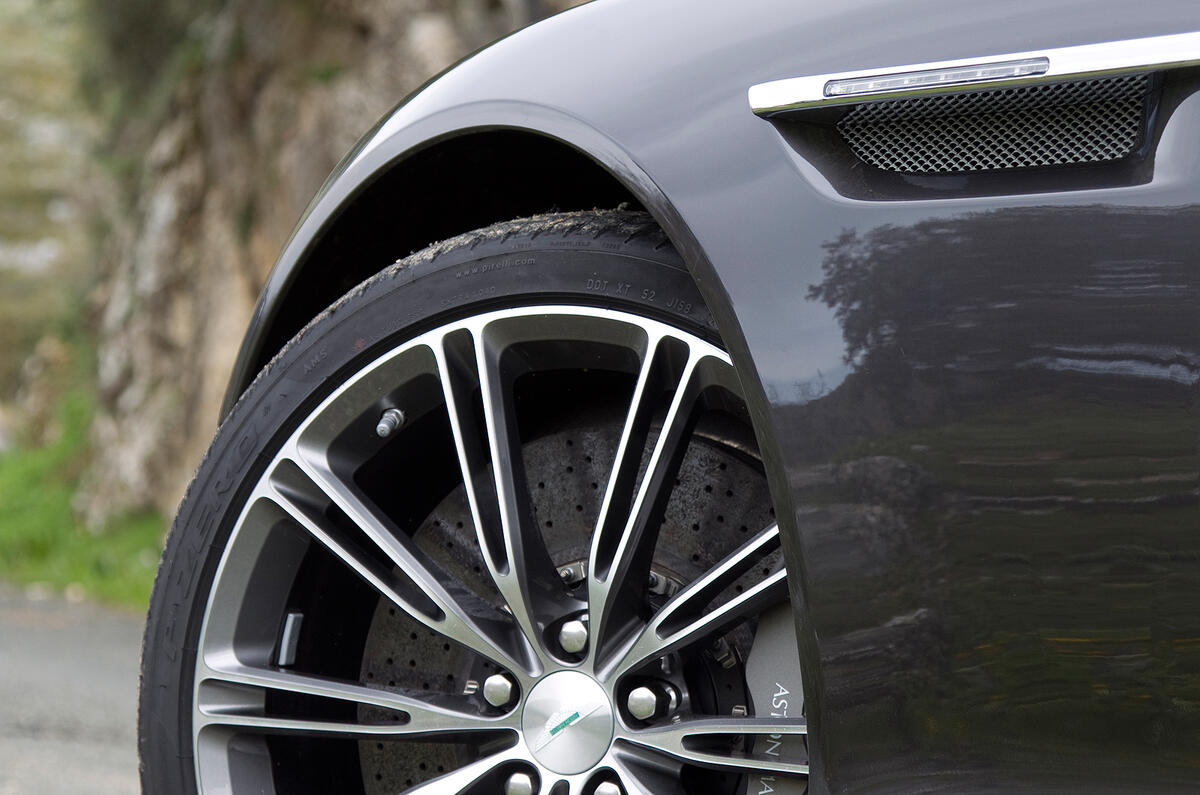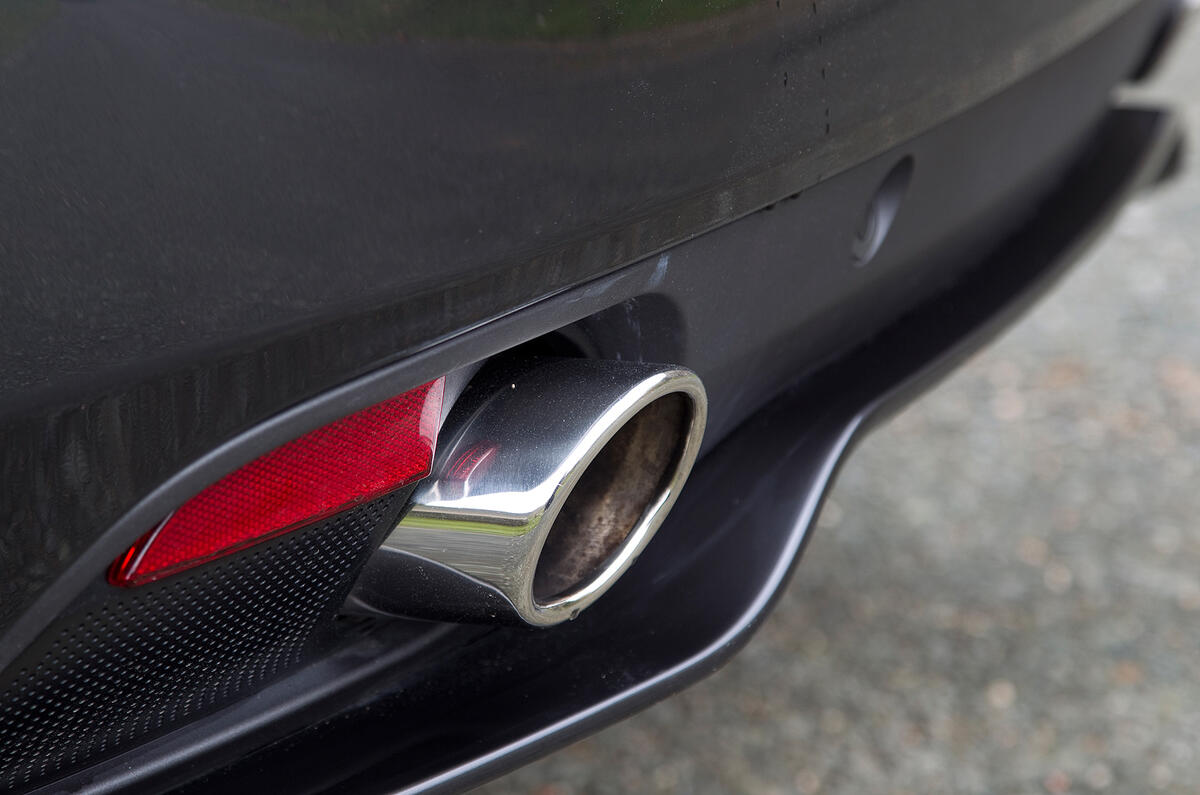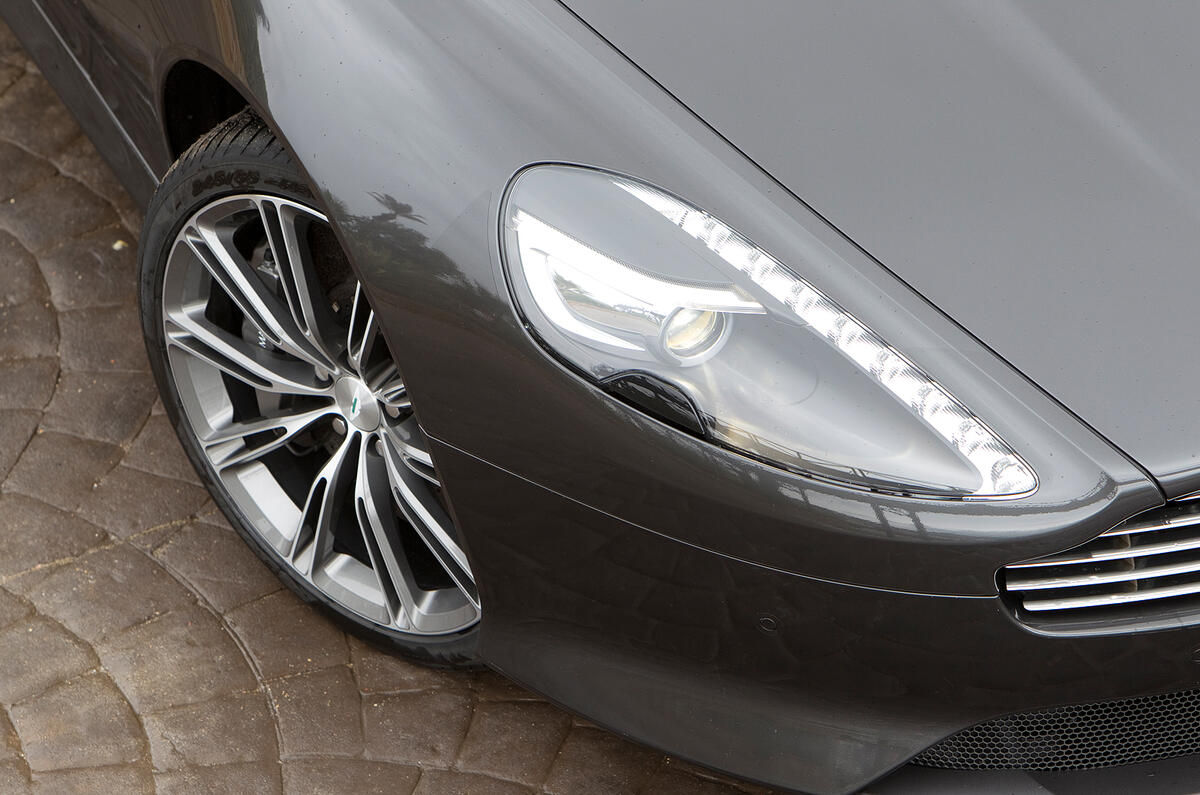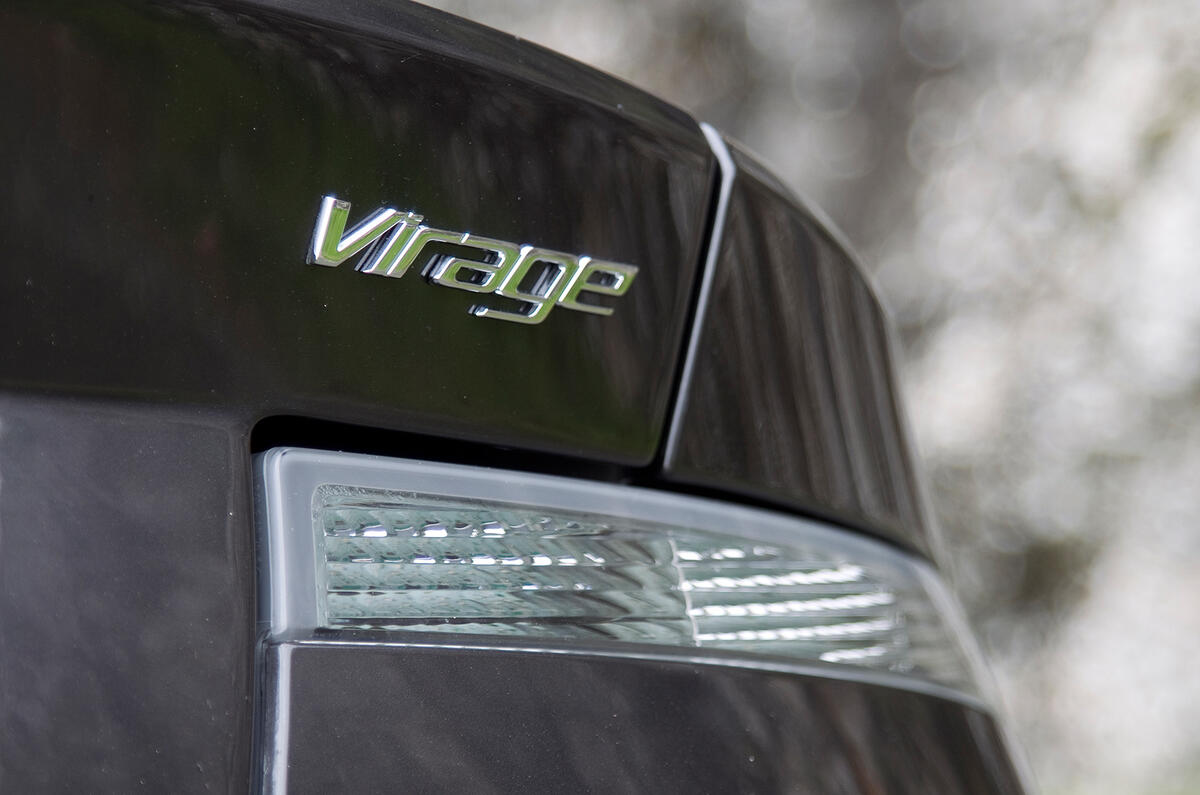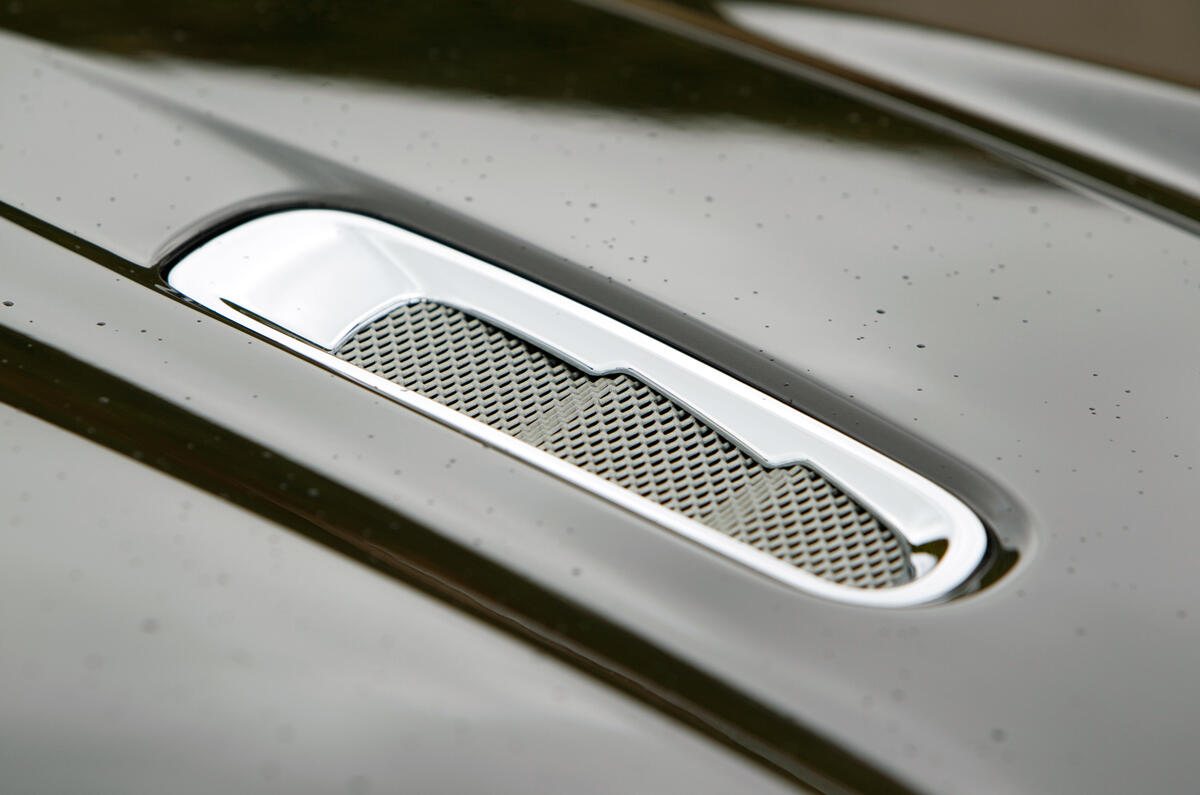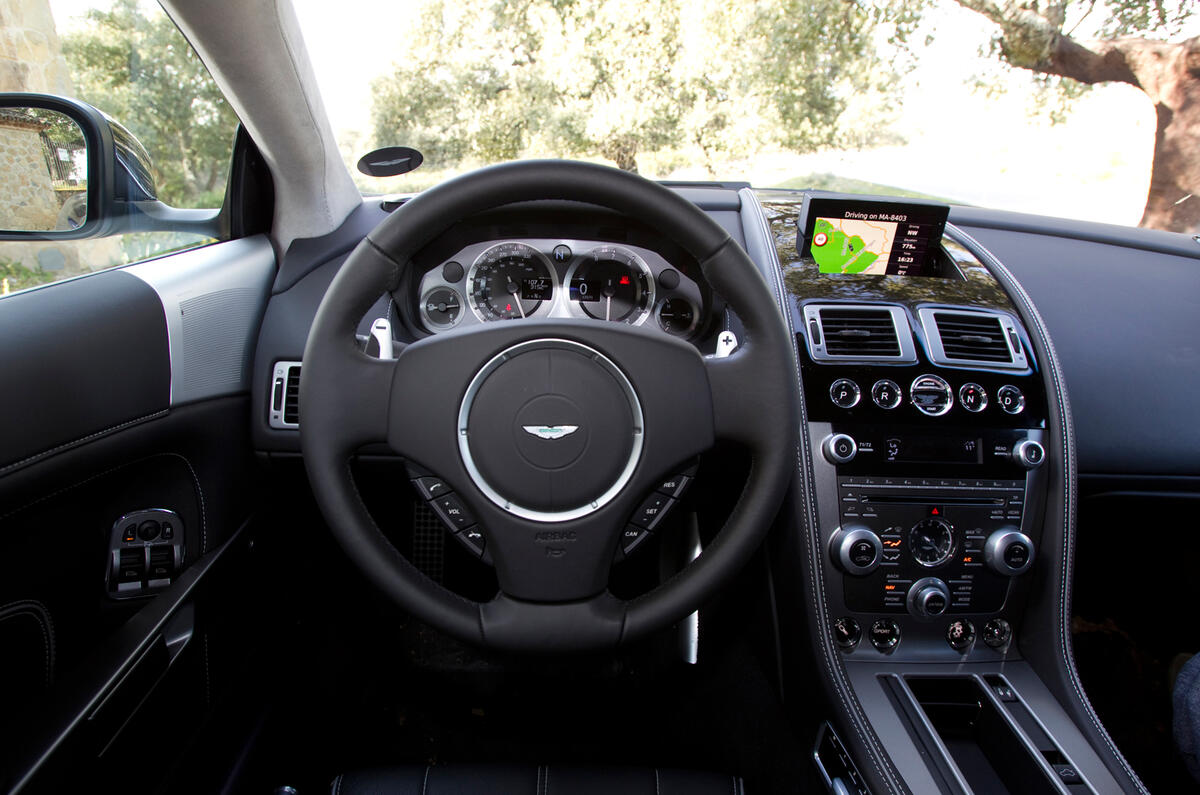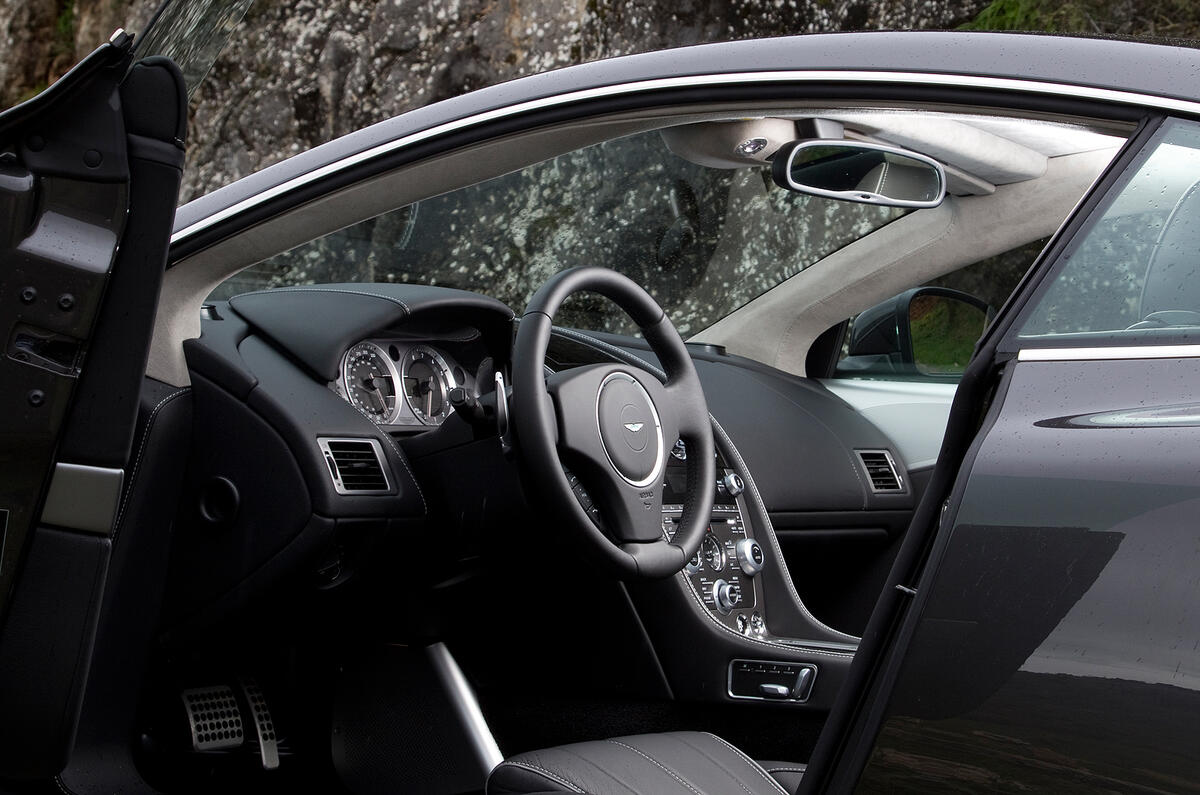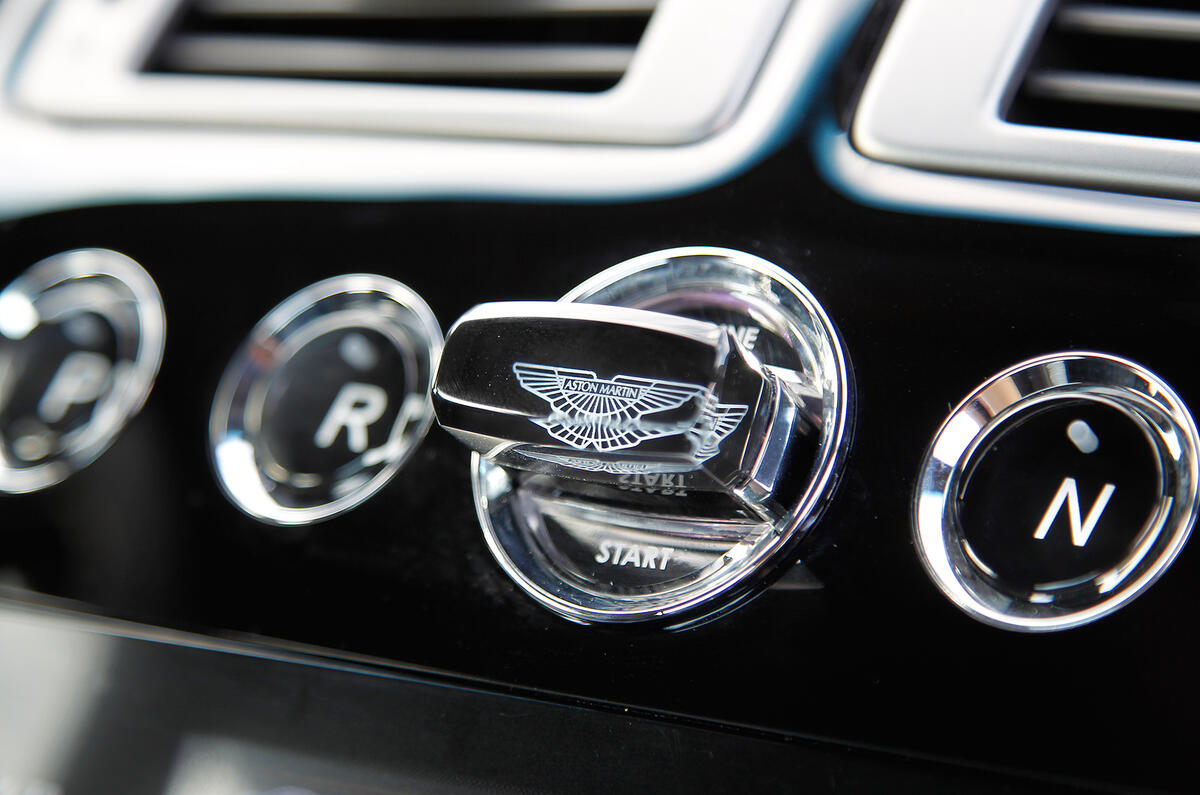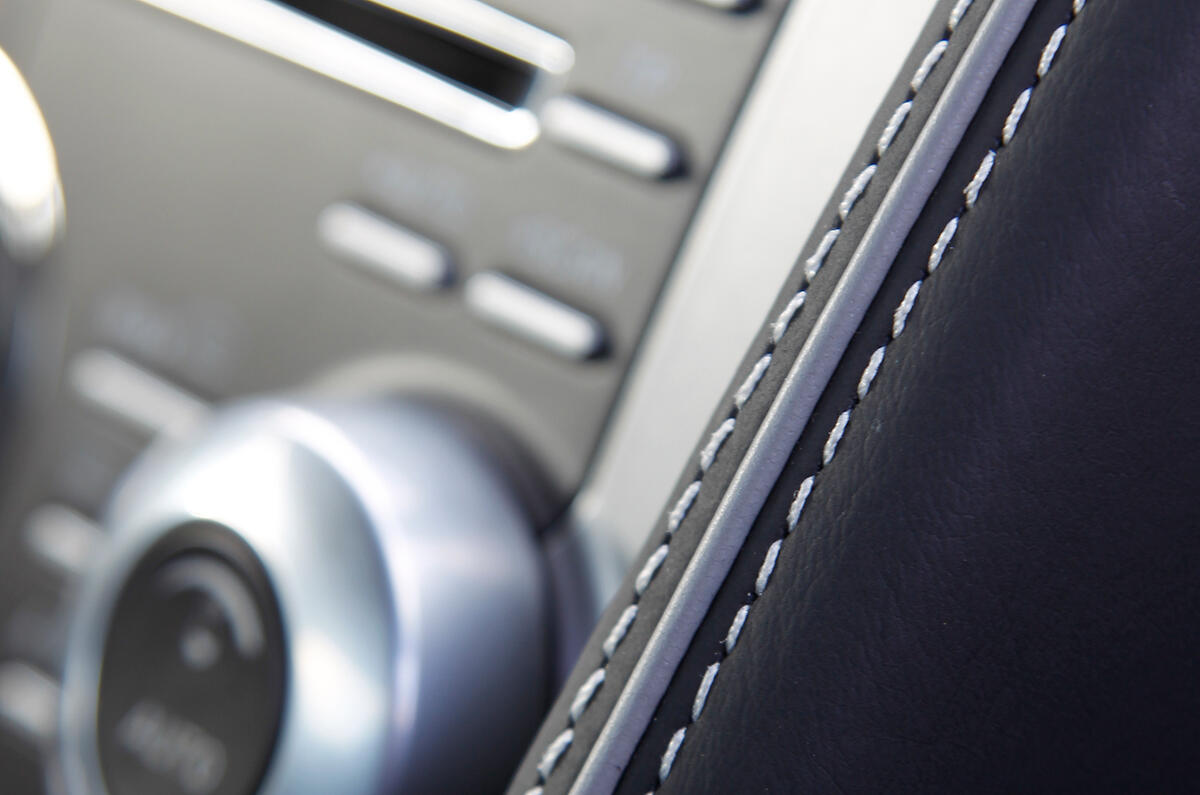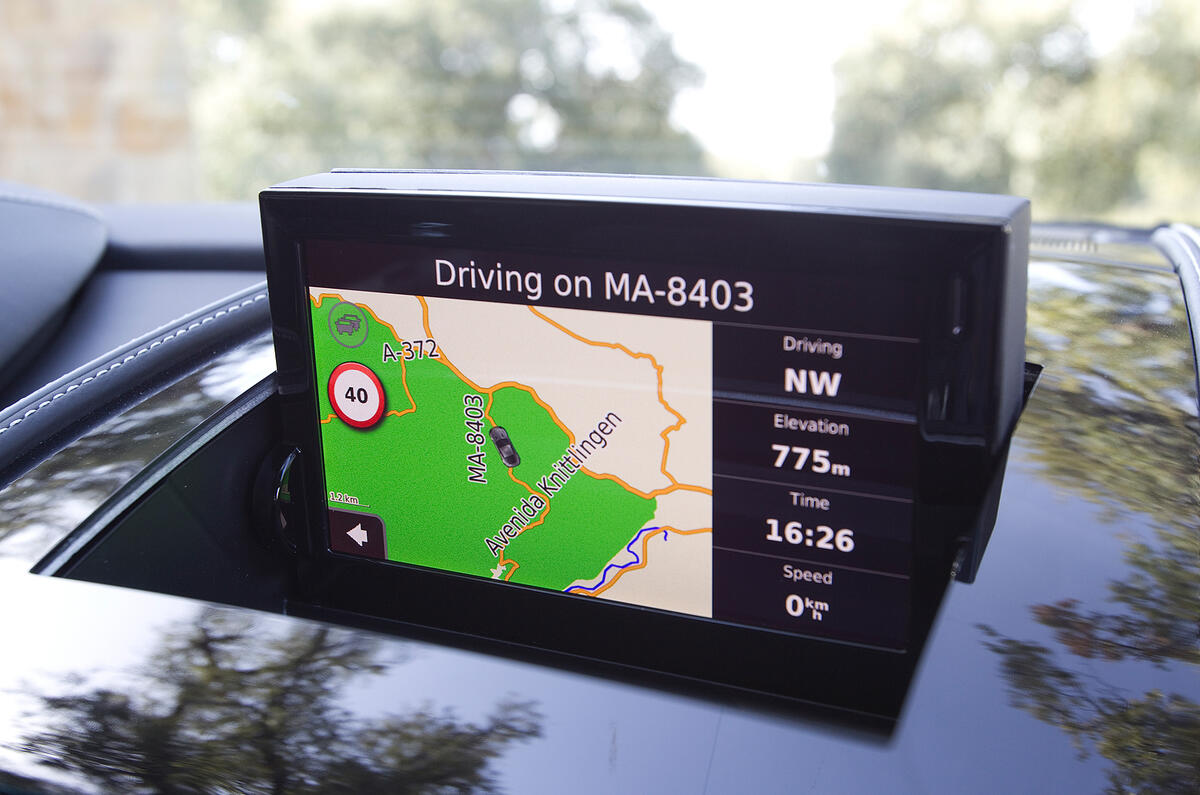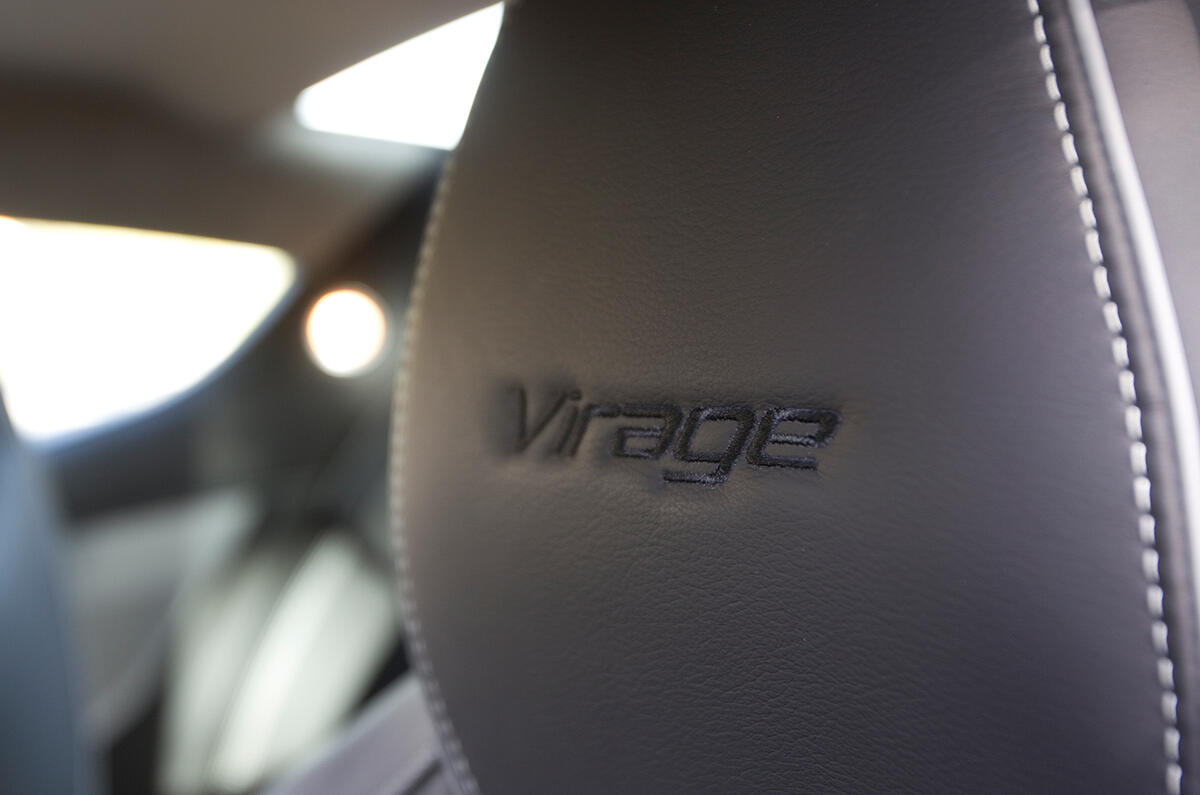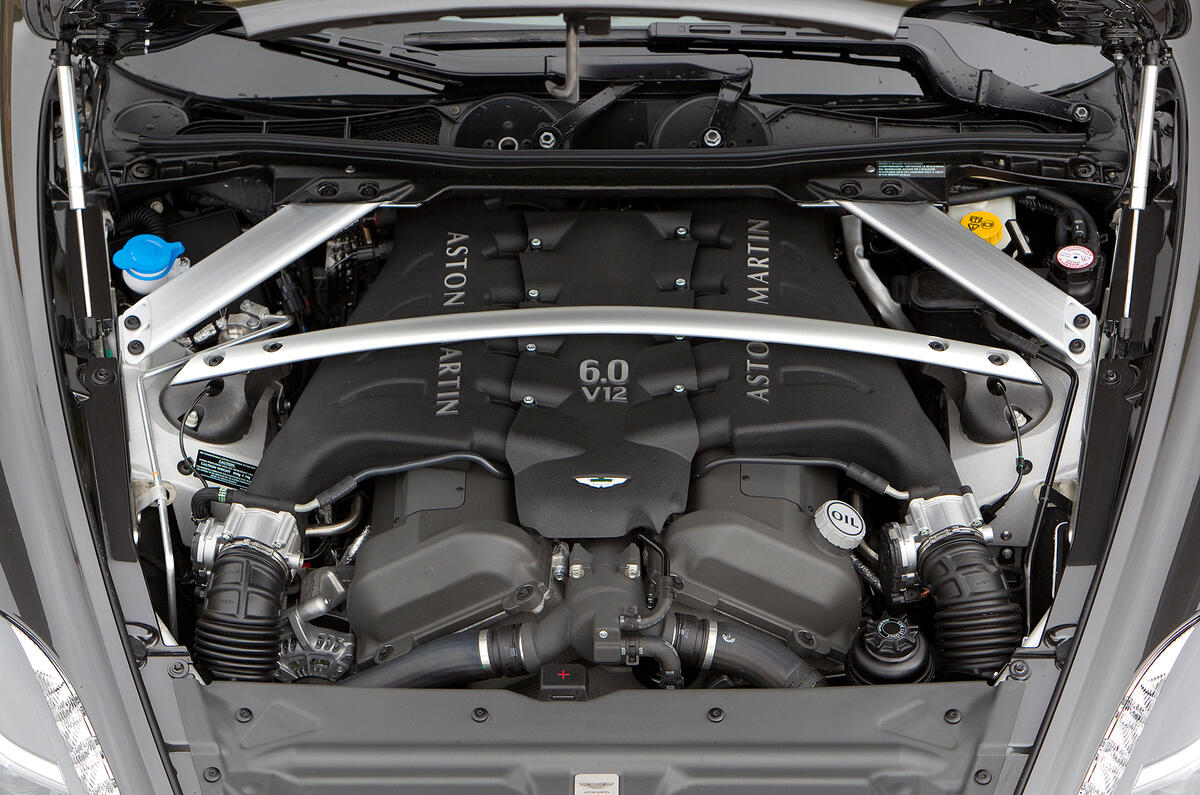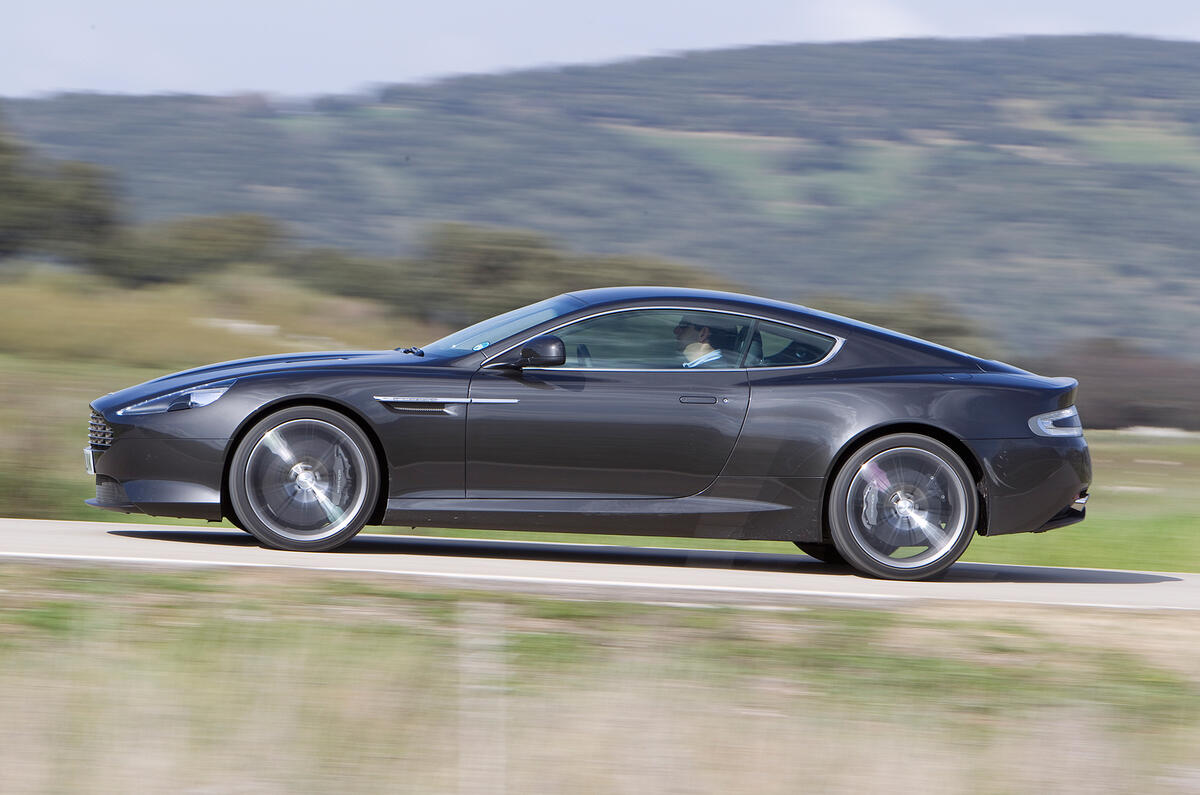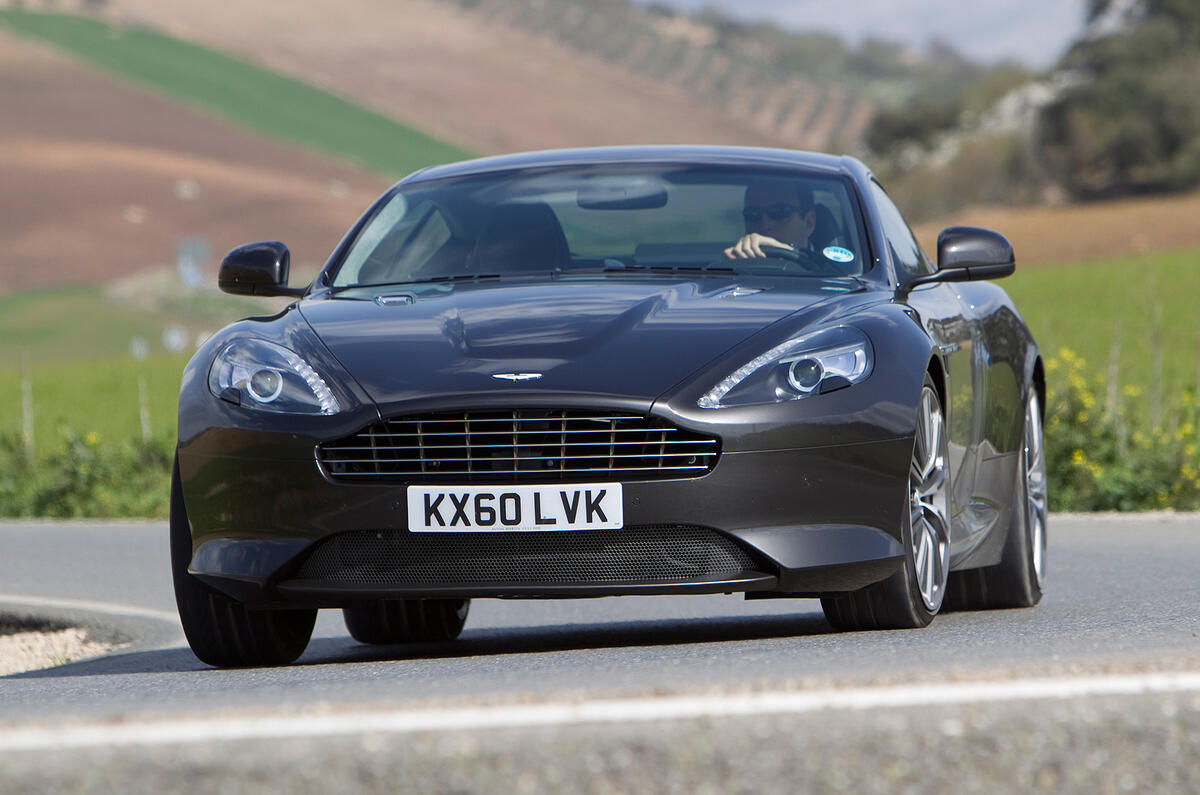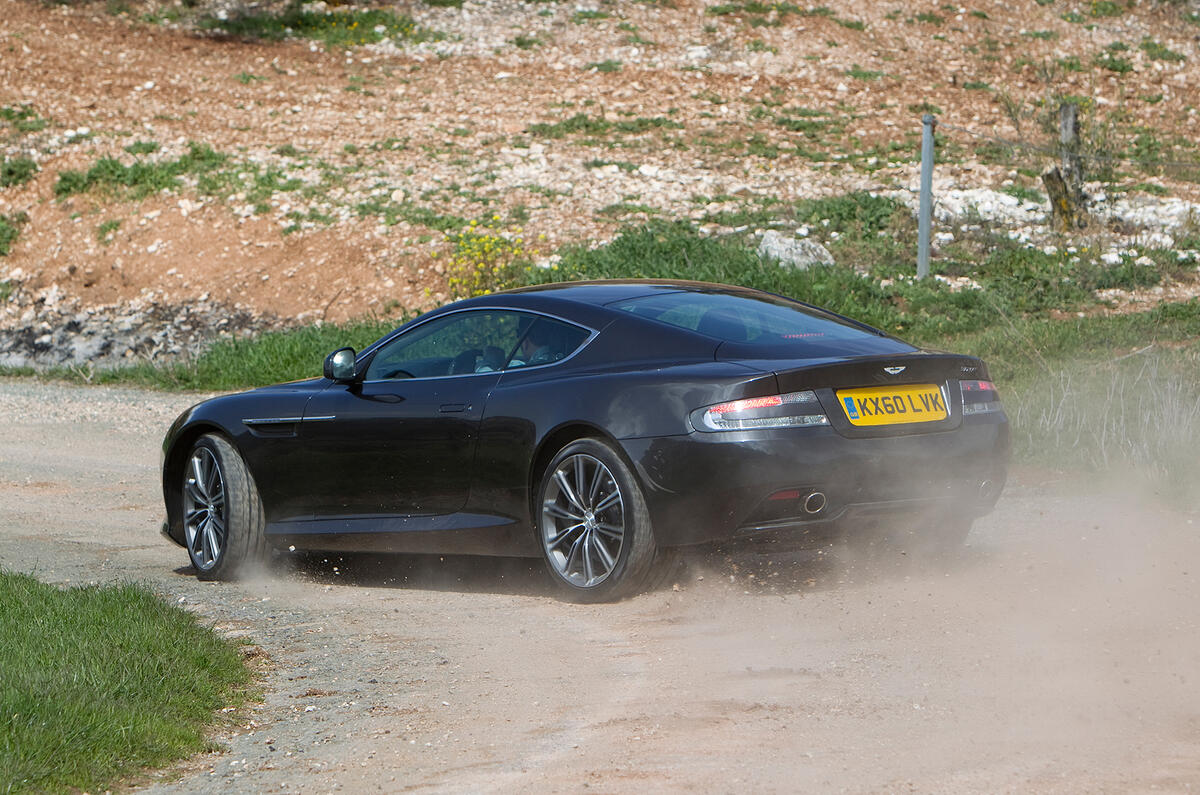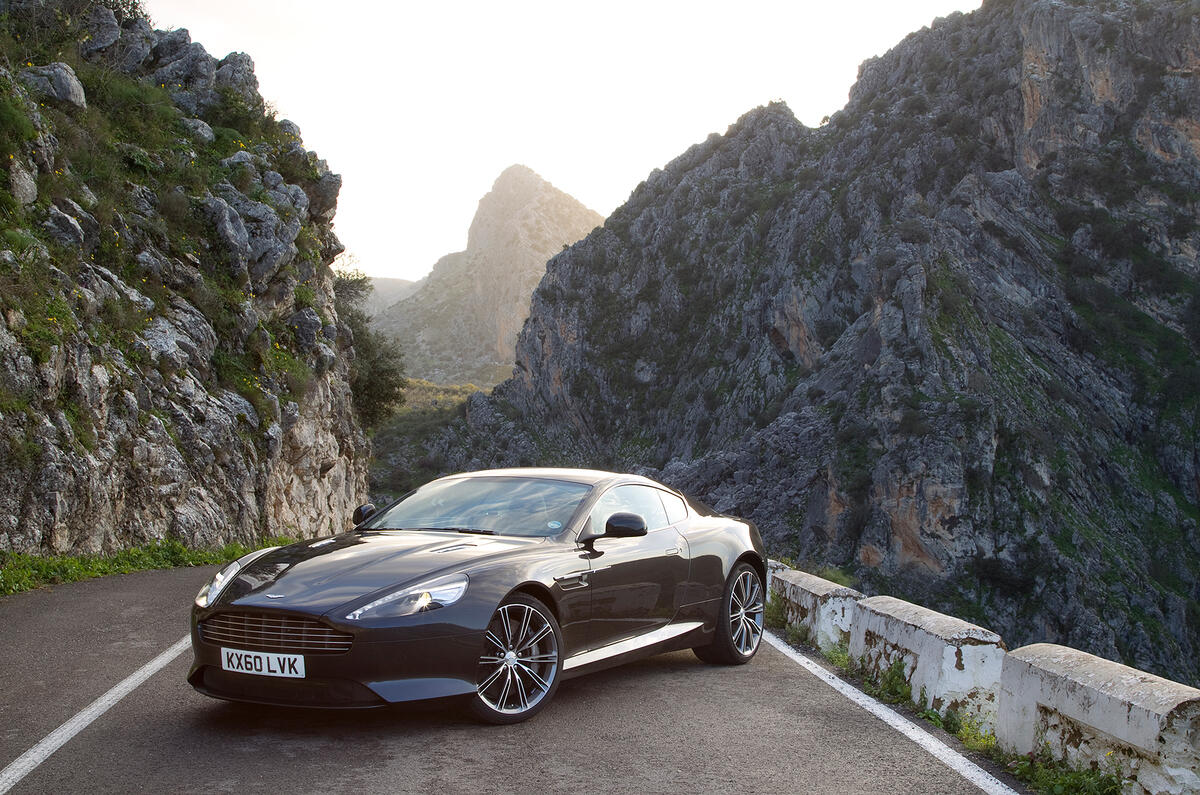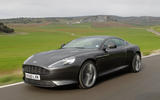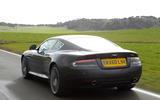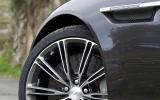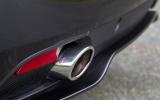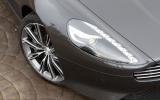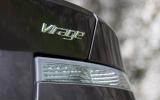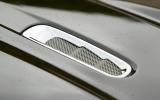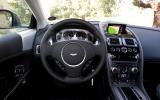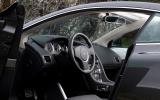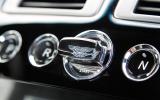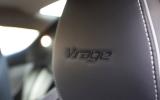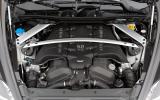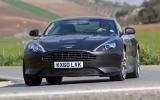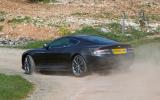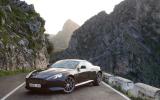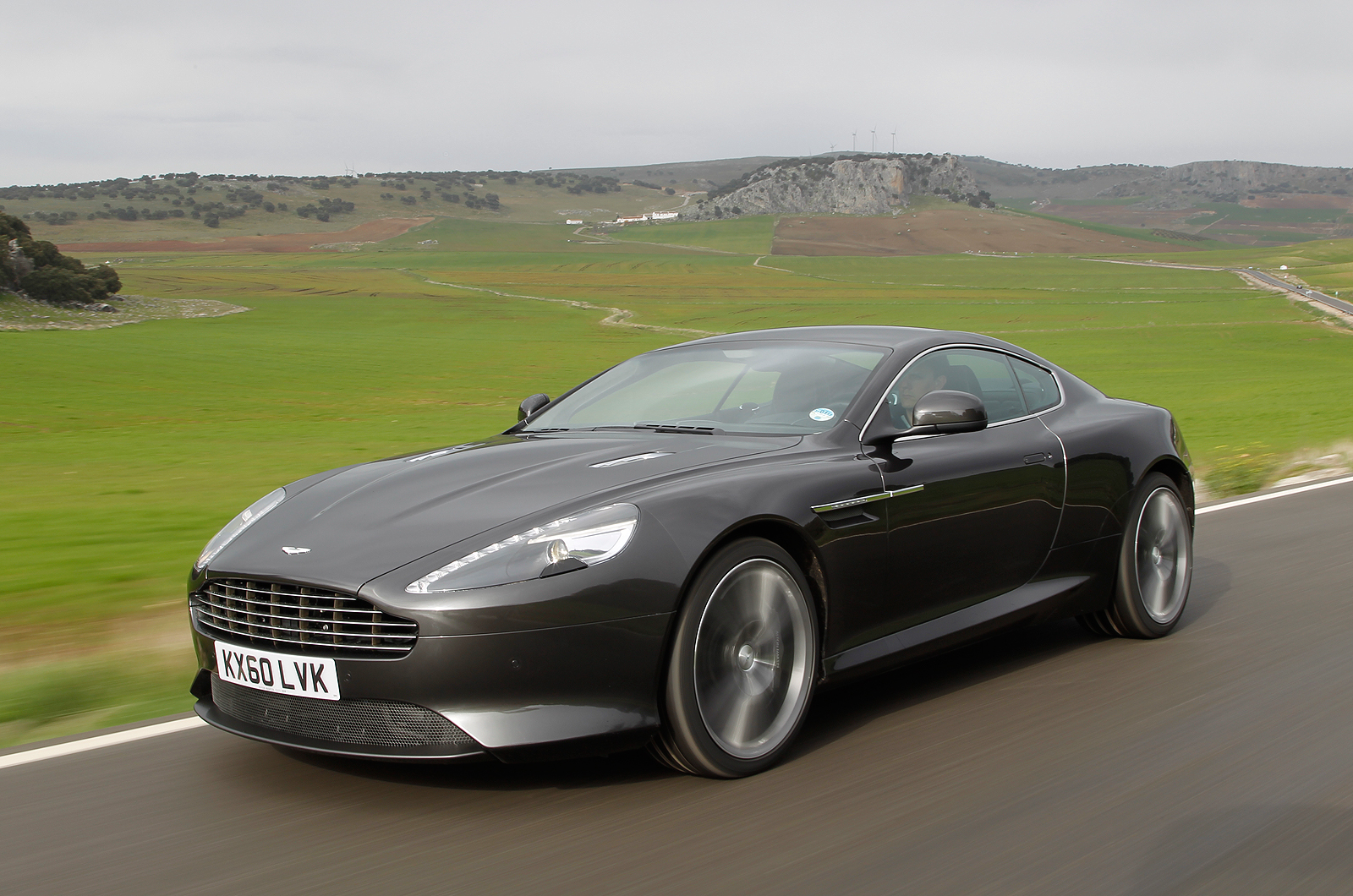There are a number of ways to look at the Aston Martin Virage. The cynical among us might see it as an unnecessary model that fills a too-narrow gap in Aston’s range – merely another sporting GT that doesn’t differ enough from the DB9 or DBS, which share the same platform and 6.0-litre V12 motor and which book-end the Virage in the company’s line-up.
Or the more optimistic might see it as the Aston that we’ve all been waiting for. Sharper, more powerful and more sophisticated than the DB9, but less brash than the DBS, and with appropriate lashings of the classic Aston grand tourer character and style. All the good bits condensed into one mid-range model.
Aston calls it a gentleman’s GT car. Which explains why so many of the processes used to perfect the Rapide’s excellent - but more sedate - chassis and suspension have been revisited to create the underpinnings of this car.
That makes it a refined GT car first and a sporting one second – although, having said that it does feature a number of styling features that are remarkably similar to those of the DBS, even if they clothe a car that is clearly less thrusting in its personality.
Coupe and Volante models are offered, and can only be had with a six-speed auto through which the V12 sends its power to the rear wheels alone. Sounds like a simple recipe for a front-engined GT car, but at £150k for the coupe and £160k for the Volante, the needs to prove that it is much more than the sum of its parts.


